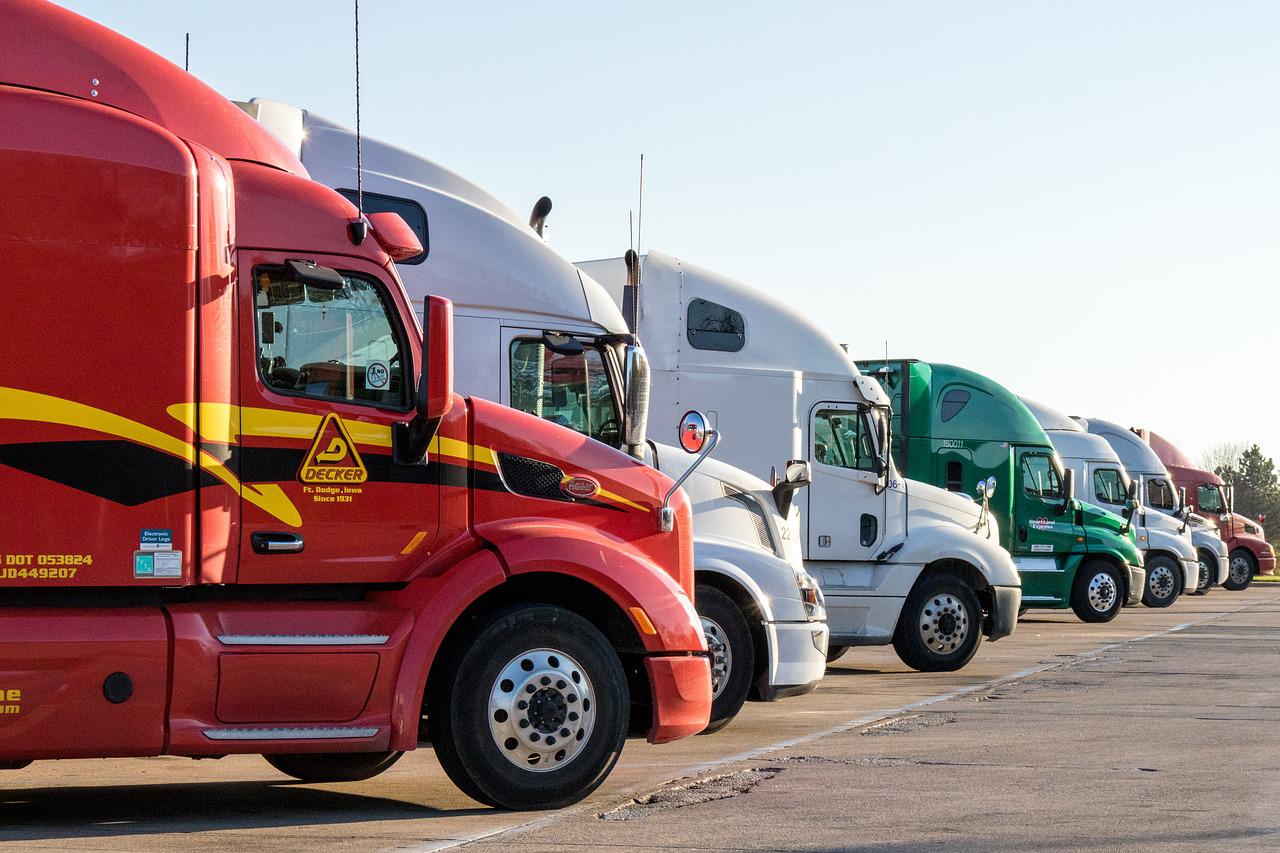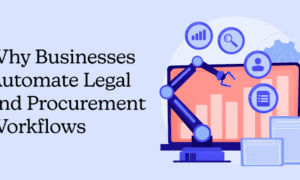New fleet management technology helps companies to enhance fleet management in many different ways. Firms can look carefully at what’s happening with each registered vehicle in real-time and what that means for business processes.
As a major game-changer in this industry, fleet management technology helps companies to enhance what they do with a fleet of vehicles, optimizing operations with state-of-the-art resources and design.
Let’s look at some of the ways that these new tools help business leaders to implement better fleet management strategies.
Fleet Management Technology and Fleet Safety
Those responsible for commercial fleets of vehicles want to preserve the best safety outcomes possible. Fleet management technology helps them to do that by reviewing what’s happening on the road, and how to improve safety practices across the board.
One of the major areas here is driving behavior. By looking at driving patterns and how vehicles are driven, company planners can see whether a particular employee or staff member is doing things like quick acceleration, unsafe merging or anything else that puts people and vehicles at risk.
Companies can also know where vehicles are, and what kind of traffic they are navigating. That’s part of fleet safety, too: in fact, insurance companies also monitor geospatial patterns to assess risk. So that kind of tracking can be valuable for fleet managers as well.
A third component of safety management involves looking at new tech tools and resident data to see what safety features a vehicle has, and, in some cases, when and how those safety features actually get used. Also, tracking tire inflation can show whether this safety standard is being implemented universally in a fleet.
Tracking Fuel Usage
Planners can also look at how vehicles are using available fuel to achieve business processes like delivery or route navigation for service jobs.
This is important today as fuel prices are rising. Companies have certain amounts of money allocated for fleet fueling. With in-depth data, they can see whether vehicles that are rated for a particular mileage are achieving those mileage goals or not, and how to optimize fuel economy.
Mobile Management
Responsive design systems and mobile-first fleet management systems also allow top-level people to manage a fleet from anywhere they happen to be. This ‘work from anywhere’ design is helpful in helping fleet managers to achieve more as they look at things like driver compliance, vehicle maintenance, safety and efficient navigation.
Regulatory Guidelines
Companies may have regulatory guidelines or standards imposed by agencies like the NHTSA or OSHA.
New fleet management technology makes compliance more automated, and makes standards easier to implement. For example, truck drivers have certain rules about resting during a trip. With documented fleet management software, you don’t have to guess whether these drivers are complying, and how they are taking breaks in the course of their work.
The same applies to standards for fuel economy and mileage, etc.
All of this creates a big advantage for companies that have modern fleet management technology at their disposal. This kind of planning is valuable to CEOs and others with responsibility for an entire workforce and its transportation department.
The bottom line is that automation and tech tools are bringing real advances in how managers operate company vehicles. Through trends like cloud and SaaS, not to mention big data and the Internet of Things (IoT) look out for more as the field continues to evolve.

































